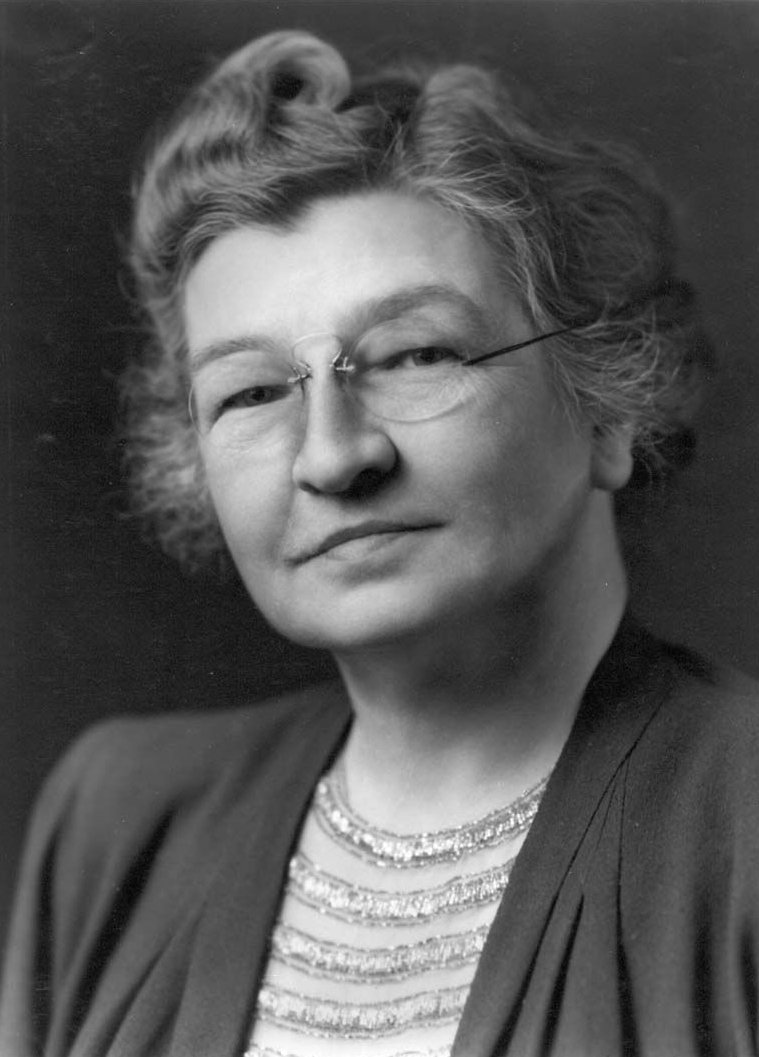Celebrate Women's History Month!

Edith Clarke – First woman to earn an Electrical Engineering degree from MIT. First woman to teach in the engineering department at the University of Texas.
Having woman represented as part of the architecture and engineering workforce is important to the diversity and future success of our profession – and is especially important to us. It is no surprise the AEC industry has always been dominated by men, and while we are seeing some indicators that suggest positive change, there is still much progress to be made. According to the US Bureau of Labor Statistics, only 27% of professionals who specialize in Architecture and Engineering, are women.
Our firm has made a dedicated effort to help bring about change by employing and promoting woman into leadership roles within our firm. We are proud to state, our workforce at CD Co’s is nearly 40% woman! We will continue to champion a gender-diverse workforce, however, we must reflect on the many notable women in these fields that have paved the way for woman in our industry.
Mary Louisa Page
Mary Louisa Page was the first woman in North America to graduate with a degree in architecture in 1879. In 1887 she founded Whitman & Page with fellow classmate Robert Farwell Whitman. Aside from being an architect Mary Louisa she was also a teacher, President of the Women’s Christian Temperance Union, an instructor at Blue Printing and Abstracting, and a writer.
Edith Clarke
Edith Clarke was the first woman to be professional employed as an electrical engineer in the United States and the first female professor of electrical engineering in the country. Edith is the inventor of the Clarke calculator, used for graphing electrical properties. In addition to her work as an engineer Clarke was also a writer, being the first woman to deliver a paper at the American Institute of Electrical Engineers’ (AIEE) annual meeting and writing an influential textbook in the field of power engineering, Circuit Analysis of A-C Power Systems.
Louise Blanchard Bethune
Louise Blanchard Bethune is considered the first woman to professionally work as an architect. Bethune was elected a member of the Western Association of Architects (WAA) in 1885 and later served as vice president. She was also the first woman member of the American Institute of Architects (AIA) and first woman to be honored as an AIA Fellow. Bethune is known for mostly designing industrial and public building, especially public schools.
Emily Warren Roebling
Emily Warren Roebling is best known for her contributions to the completion of the Brooklyn Bridge after her husband, chief engineer of the project, Washington Roebling developed caisson disease (also known as decompression disease). Emily took over chief engineering duties taking over supervision and project management. Upon completion of the Brooklyn Bridge Roebling supported several women’s causes and also became a writer.
Mary Nevan Gannon
Mary Nevan Gannon founded the first partnership of women architects in the United States, Gannon and Hands, along with partner Alice Hands. The firm was known for its approach to low-cost urban housing. Gannon was a part of the New York School of Applied Design for Women’s first ever class in 1892. Upon graduation in 1894 Gannon and Hands was formed earning a large commission for a hospital in that same year. Physicians praised the hospital as a model of sanitation, convivence, and architectural beauty. Gannon and Hands quickly rose to notoriety for designing innovative apartment building that were affordable, sanitary, well ventilated, and practical.
Catherine Anselm Gleason
Catherine Anselm Gleason was the first woman to be accepted into the Cornell University engineering program. Although she was unable to complete her studies at Cornell due to the time she had to put into her family’s business, she was able to earn the title of engineer though training and self-learning. Gleason was the first woman elected to full membership in the American Society of Mechanical Engineers.
These are just a few of the historical icons who helped pave the way for women be a part of the architecture and engineering fields. This month – and always – we celebrate these women and all of the women making a difference in the industry!
These are just a few of the historical icons who helped pave the way for women be a part of the architecture and engineering fields. This month – and always – we celebrate these women and all of the women making a difference in the industry!
